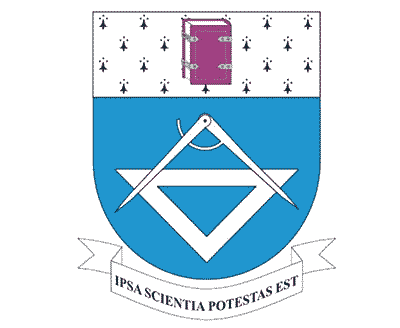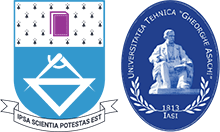In the Hall of the ”Gheorghe Asachi” Technical University of Iasi, they have unveiled the paintings of King Carol the 1st of Romania and Queen Elisabeth. The festive ceremony was held on Thursday, the 14th of November 2013, from 17.00.
The event was part of the anniversary of 200 years from the establishment of the School of Engineering and Land Registration by Gheorghe Asachi and 75 years from the opening of the Polytechnic School of Iasi (TUIASI 200). The unveiling was carried out in a celebrating fashion, entertained by the choir of the Art Academy of Iasi. The inaugural moment was marked by the opening speeches of Ph.D. Prof. Eng. Ion Giurma, the Rector of TUIASI, Ph.D. Prof. Eng. Eugen Neculai Seghedin, Vice-Rector for Didactics, and Ph.D. Prof. Eng. Dorin Mihai, historian, from the Humanities Department of TUIASI. At the ceremony, representatives of local education institutions and local authorities, professors and student of TUIASI were present as well as the painter Mihail Taras, lecturer at the “George Enescu” University of Arts of Iasi – the author of the paintings.

“The Royal Family played an important role in erecting the University Palace in Copou. As gratitude, two paintings of King Carl the 1st of Romania and Queen Elisabeth were placed in this wonderful Hall. In time, they got lost. Today, by unveiling thee two paintings we try to restore the initial appearance of this hall. ”, explained Ph.D. Prof. Eng. Ion Giurma, the Rector of TUIASI, the meaning of this event. The paintings depicting King Carol the 1st of Romania and Queen Elisabeth are replacing those of Gheorghe Asachi and Petru Poni. The Rector read the Royal Family message, sent as a letter signed by Her Royal Highness, Princess Margareta of Romania, who highlighted the importance of this moment.
“To reach two centuries is an achievement for any institution in Romania, so much marred by temporarity and improvisation. I am glad to learn that after half a century of oblivion, the portraits of the founders of modern Romania, King Carol and Queen Elisabeth, have been restored by the care of the university’s management and that they are unveiled to serve as a symbol to young generations. This is another proof of continuity and it reinstitutes the strong connections between the Romanian sovereigns and the higher education institutions.”
Her Royal Highness, Princes Margareta of Romania
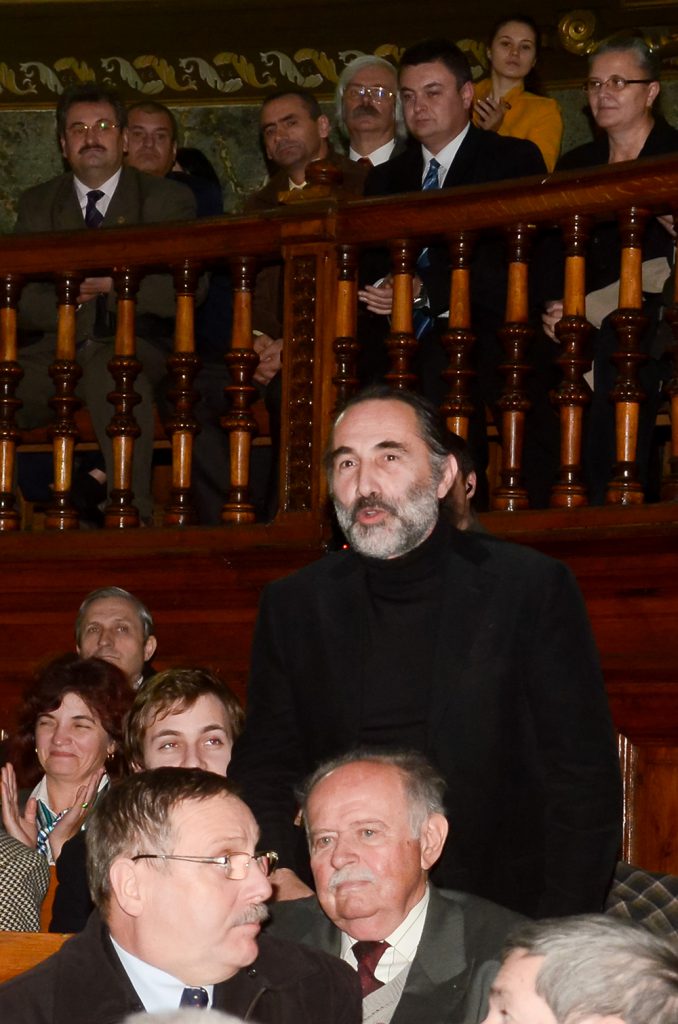
The professor Dorin Mihai made a “eulogy of memory” and spoke about the meaning of this event. In his speech, he highlighted the importance of unveiling the paintings for the restoration of the historic memory. He mentioned that the TUIASI representatives’ initiative is a gesture of noblesse and dignity, as “this stylistic mutation speaks of a mental mutation that 23 years ago was not possible. Let us restore at least a figment of what the founders of this establishment and the founders of Romanian education left as legacy. This is an event with multiple significations, a testimony of the maturity of Romanian society and of the fact that we now are able to restore the past to our memory.”
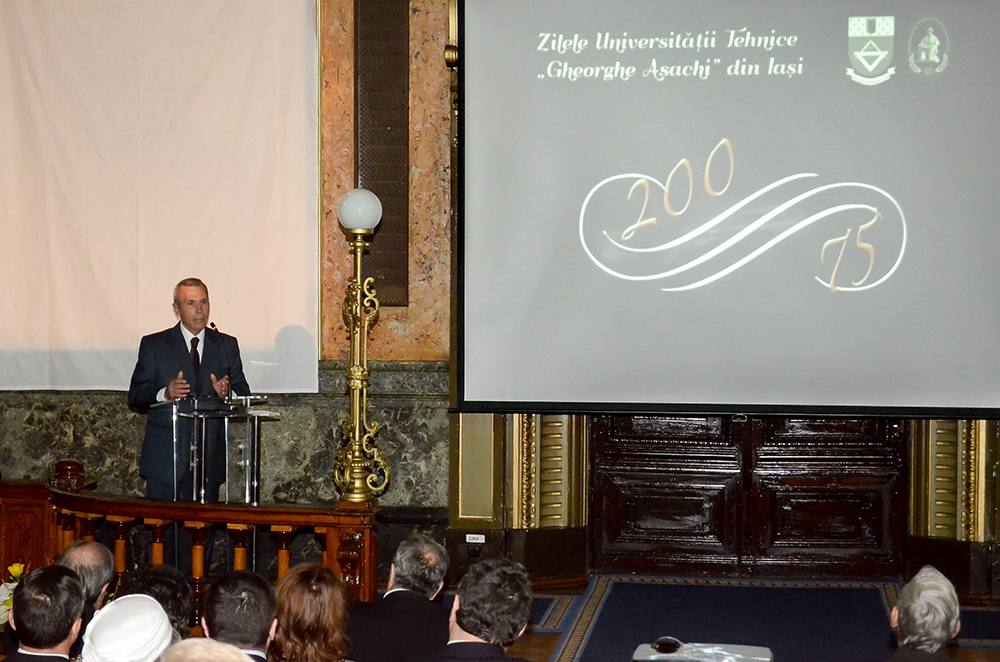
Ph.D. Prof. Eng. Neculai Seghedin – Vice-Rector of Didactics and one of those involved in the restoration process – spoke about the winding history of the paintings in the Hall and about the adversities the edifice had to endure over the years. “Nine months ago, I was granted the honour to be assigned as the contact person between the University and the author of these paintings. It was an extraordinary spiritual experience for me; it was an outstanding intellectual journey as I learnt a great deal about myself and about painting, and I have as well the opportunity to get to know an accomplished person.”, confessed the Vice-Rector.
A bit of engineering in the “spiritual recipe” of the paintings
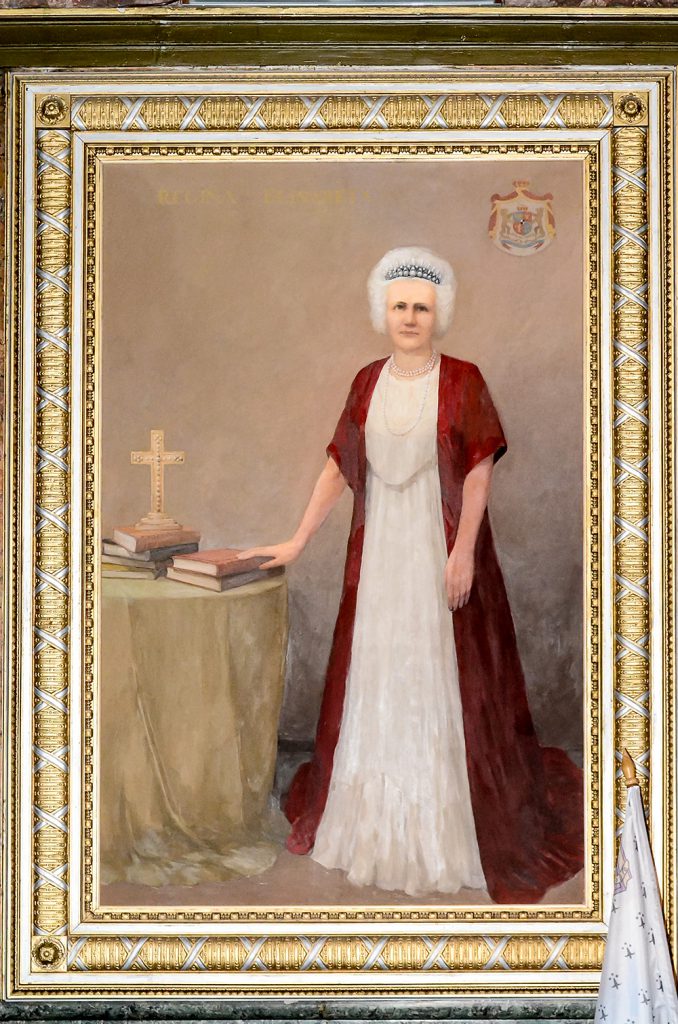
The Vice-Rector also spoke about the author of the paintings, Ph.D. Lecturer Mihail Taras, who “is an intellectual, a complete artist and a man who made me understand what the freedom of expression means. If I were to find a single word to define the author of these paintings, I would choose honesty :Extreme honesty. A person with an extraordinary intrinsic value.”. The Vice-Rector underlined the fact that painting these works meant an extremely difficult and demanding intellectual and physical journey, because art works require long and tedious labour. “I have learned that there is need for a lot of work, a lot of engineering, a lot of technique. I have witnessed the work of a man full of accuracy, focused on a great deal of details. I am glad I’ve managed to be present to this «spiritual recipe»”, added the professor Eugen Seghedin.
He added that the intended objective was not only to rehabilitate some works of art, but “we wanted to restore the atmosphere of this sacred chamber, a sacredness bestowed by the iesean academic tradition. We did not intend to render the paintings in their initial details, but only to approach several general details specific to the paintings of the former century.” He explained that the artist made the painting in oil on canvas, in the classical style, especially for the Hall – “they do not fit anywhere else. The professor told me that they needed to be honest paintings – honest towards the characters, towards their time, towards the institution, towards the author”.
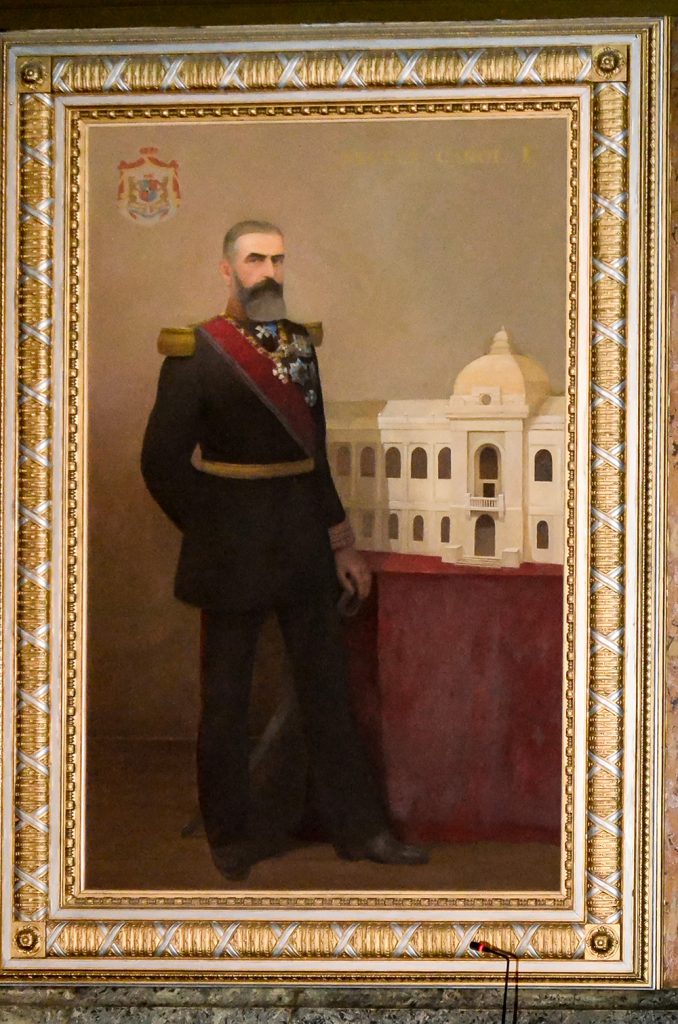
He presented afterwards a “making of” story. He explained that in 1944, probably during the war, the original paintings were lost. Therefore, for the new paintings a research work was needed involving several sources and perusing several photography, tapestries and postal cards collections. Ph.D. Prof. Neculai Seghedin explained the way each detail was analyzed and that the depicted characters’ attitude was intended to be sombre, academic. He also mentioned that the background was made intentionally faded, for the characters to better stand out. The Vice-Rector also disclosed that the paintings are holding ciphered meanings, one of them depicting Queen Elisabeth holding a book. The book is a poem volume by Mihai Eminescu. The symbol is of reconciliation over the ages of the poetess Carmen Sylva with Mihai Eminescu, whom she had a conflict when the latter told her “you are the Queen of Romania, not the Queen of Poetry.”
The unveiling of the paintings was followed by a Gala Extraordinaire of Opera held in the Great Hall of the “Vasile Alecsandri” National Theatre of Iasi, dedicated to the professors and students of TUIASI, as well as to their guests of honour. The event brought together famous opera fragments and arias in a musical regale. The event was followed by a cocktail. The TUIASI 200 event continued on the 15th of November, when the guests of honour addressed their anniversary messages.
[Foto: Dan LUCA]
